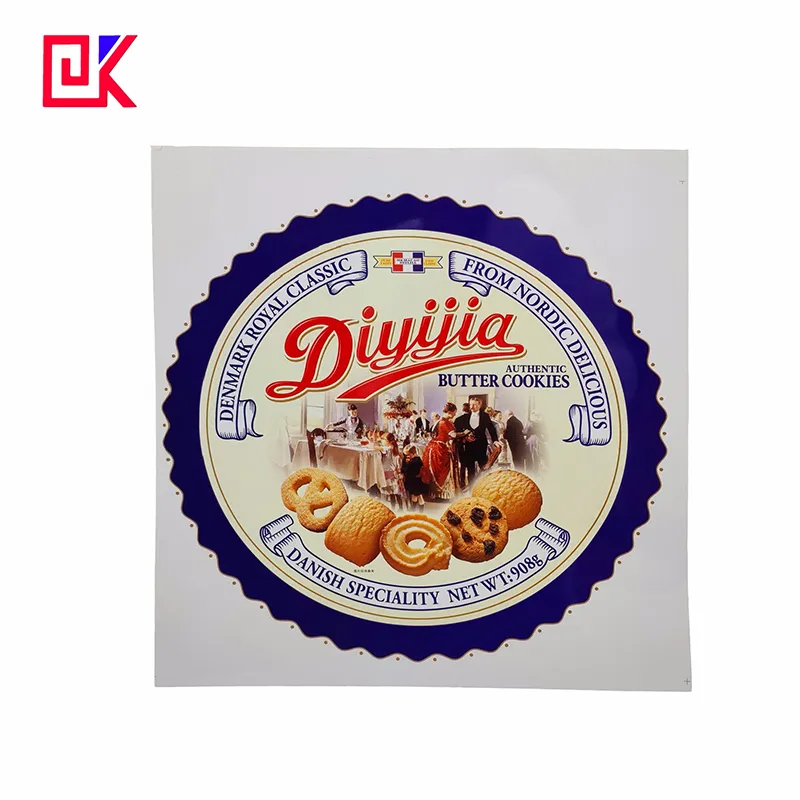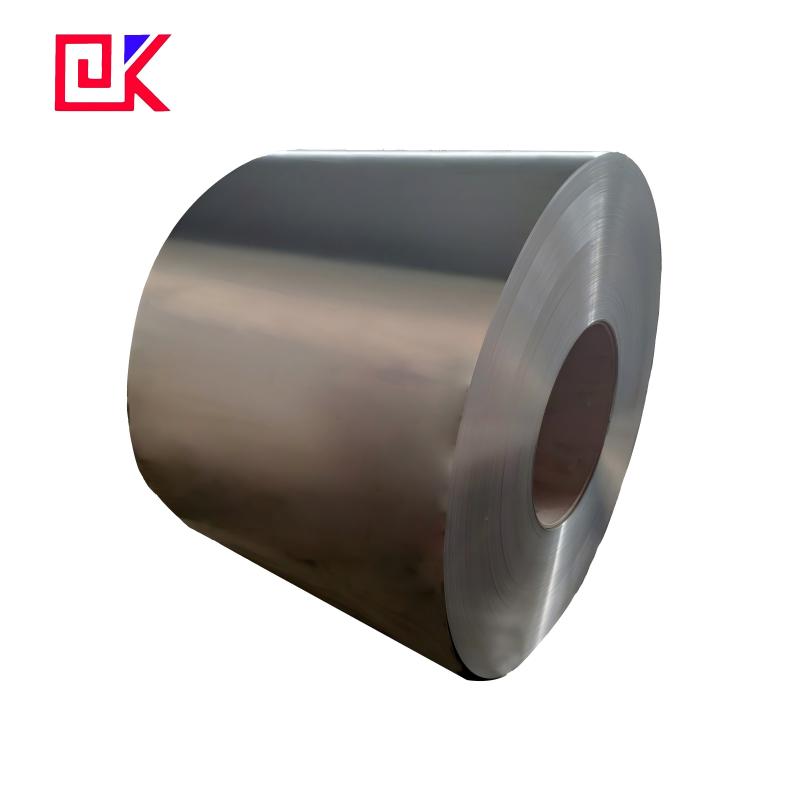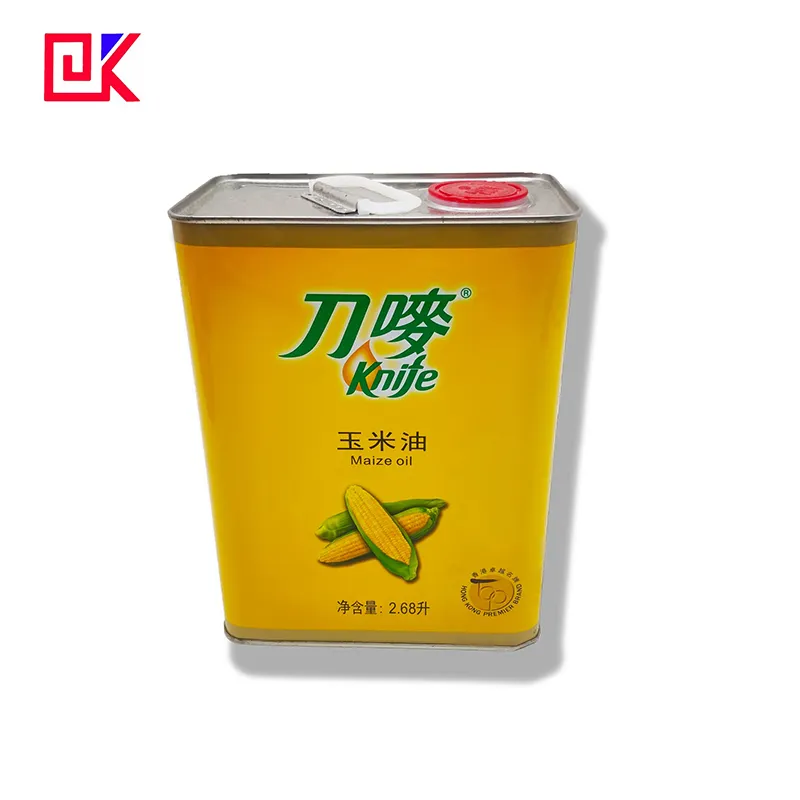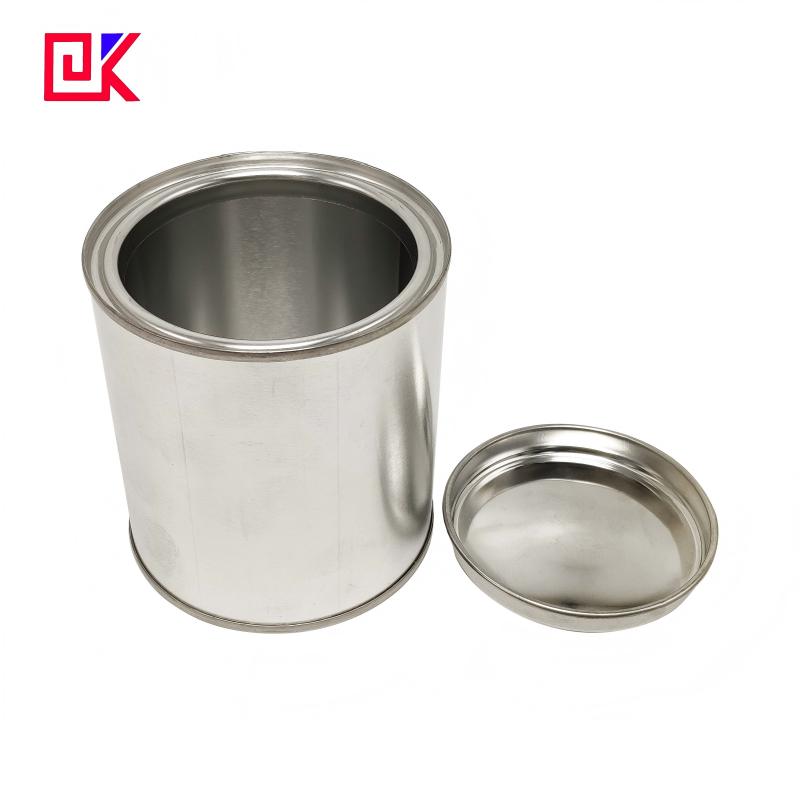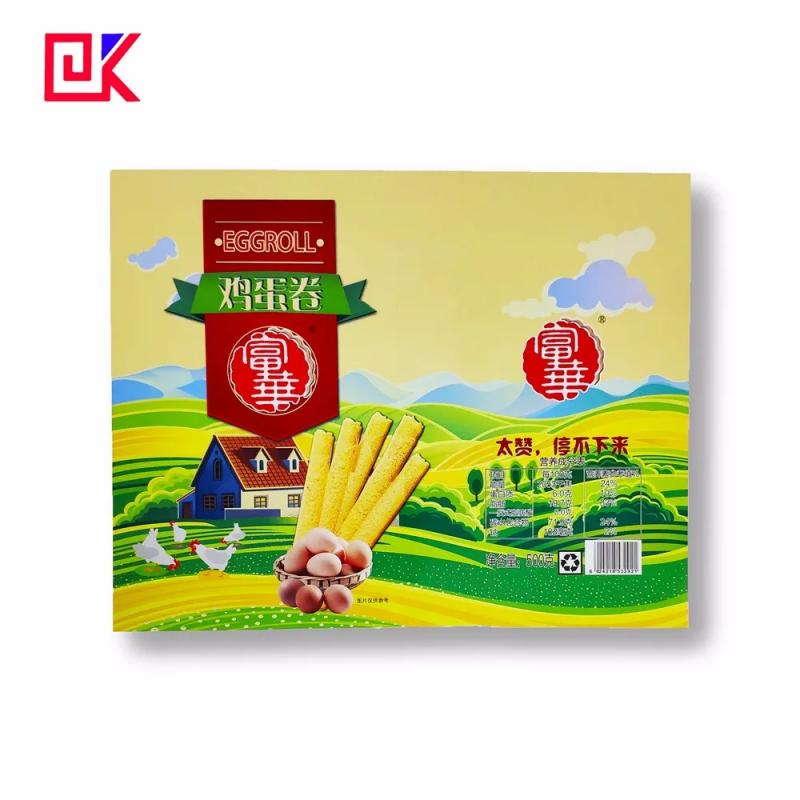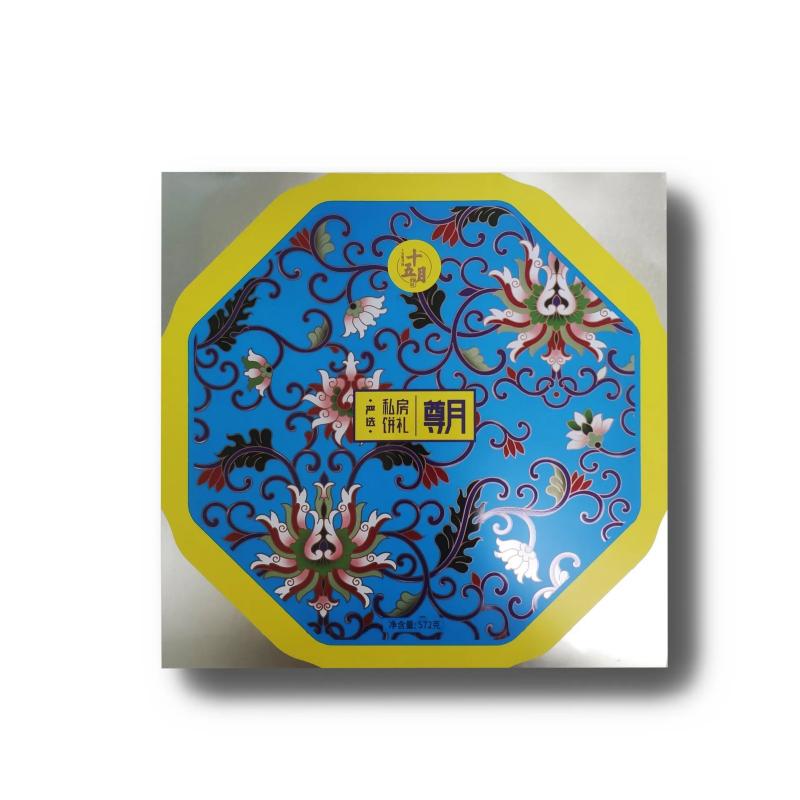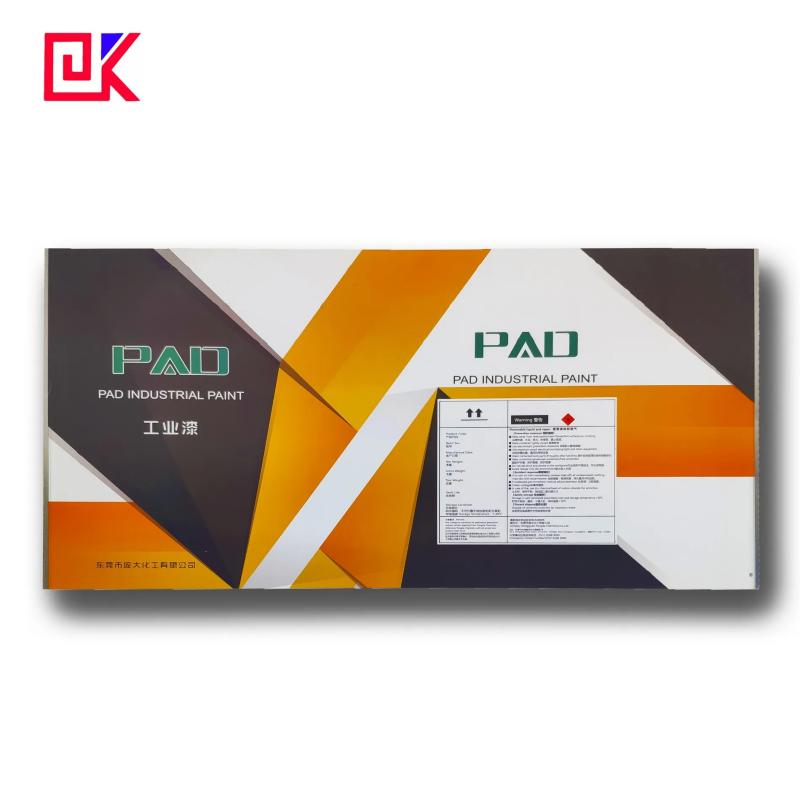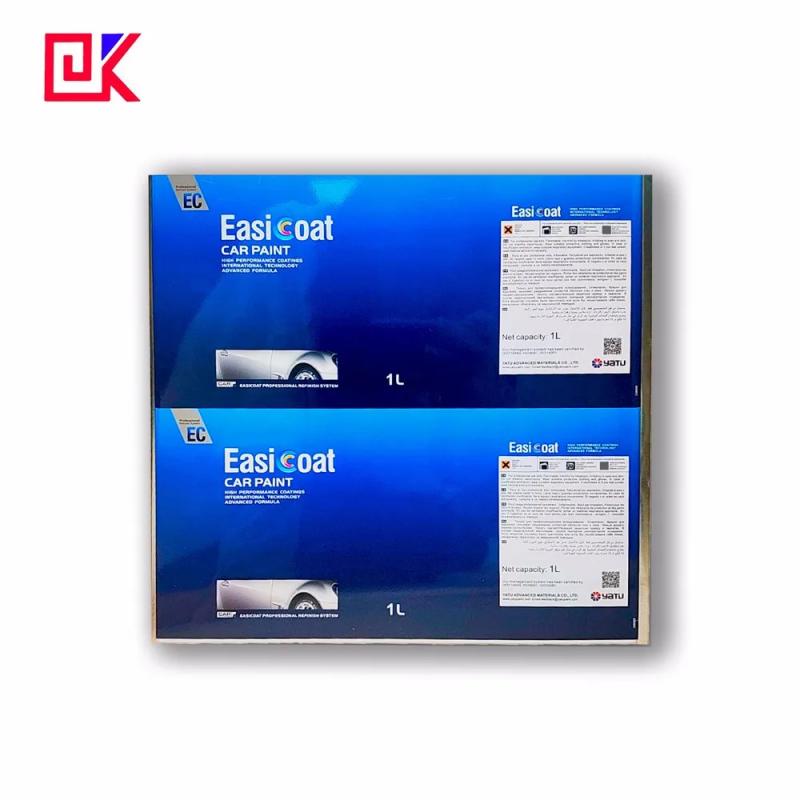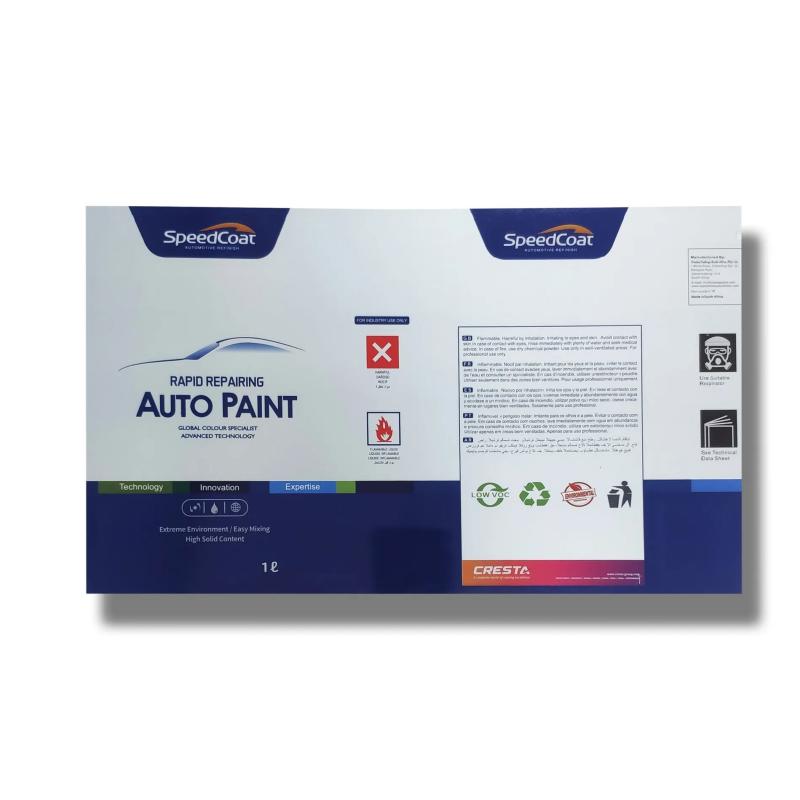07-14/2025
Temperature is one of the important factors affecting metal migration. The tin in tinplate cans is relatively stable at room temperature, but when the temperature is above 100°C, the activity of tin may increase, especially under acidic conditions, heating may cause higher tin migration.


